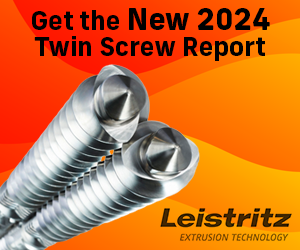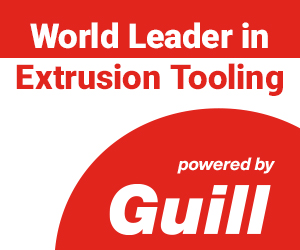What Types of Injection Molded Parts, Materials Require Vacuum Venting?
Sponsored ContentVacuum venting can help overcome injection molding issues such as part burns, short shots, blemishes and more. Here’s where it can apply to your plastics process.
Share
With injection molding, gas entrapment can lead to critical problems such as part burns, short shots, blemishes and other defects. Vacuum venting can alleviate these by instantly evacuating air and gas from the mold cavity as it’s filled.
Where vacuum venting shines most is when part quality requirements are stringent and molders don’t want to sacrifice processing speed to meet those standards. This includes use on a variety of thermoplastic and thermoset materials such as ABS, acetal, nylon, PEI, PEEK, PPO, PP, phenolics and more.
High-return applications include:
- Engineered resins such as glass-filled nylons, glass-filled PBT and acetals
- High-speed injection of thin-walled parts
- Optical parts such automotive lighting, light pipes and lenses
- Medical applications where part clarity is important and “air bubbles” are common












